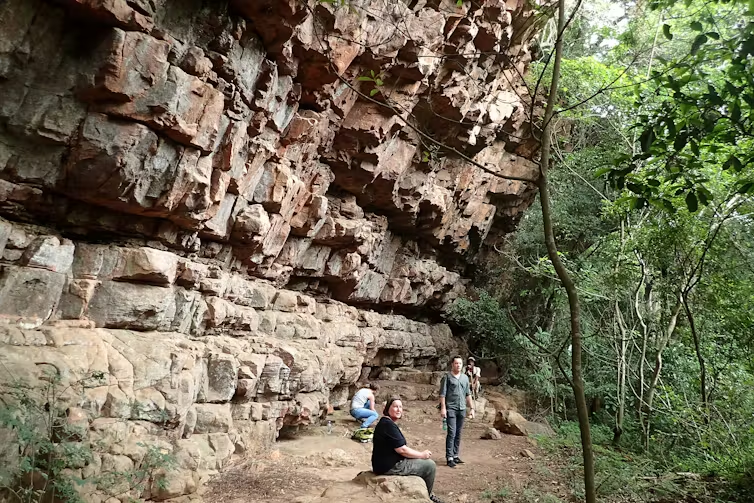Scientists have intensified their search to pinpoint the origins of Stonehenge’s famed Altar Stone, with a new study ruling out Orkney as the source.
This latest development comes after last month’s revelation that the largest "bluestone" at Stonehenge's core originated not from Wales, as previously thought, but from the Orcadian Basin in north-eastern Scotland.
Stonehenge, which began construction over 5,000 years ago, continued to evolve with new additions over the course of two millennia. The exact timing of the Altar Stone's arrival remains uncertain, though it may have been placed in the iconic horseshoe formation during the second construction phase, around 2620–2480 BC.
Ruling Out Orkney
Orkney, with its significant Neolithic monuments and fitting geological features, had long been considered a potential source for the Altar Stone. However, new research, published in the Journal of Archaeological Science, examined Neolithic stones at the Stones of Stenness and the Ring of Brodgar on Orkney’s mainland, which are similar in size and rock type to the Altar Stone. The analysis confirmed that these stones did not match the Altar Stone's chemical composition.
Professor Richard Bevins from Aberystwyth University, who led the research, explained, “We are narrowing down the possibilities and getting closer to identifying the true origin of the Altar Stone. This work is reshaping our understanding of its origins.”
The Significance of the Altar Stone
The Altar Stone, a massive six-tonne grey-green sandstone, stands out at Stonehenge. Unlike the smaller bluestones and larger sarsens, it occupies a unique central position at the site. Its distinct appearance and location have long puzzled researchers, adding to the intrigue of its origin.
"This stone has remained something of an enigma," added Bevins. "While it doesn’t fit neatly into the broader categorization of either the sarsens or the bluestones, we’re determined to uncover where in north-eastern Scotland it was quarried."
This recent study builds on previous findings by scientists from Aberystwyth University and other research teams across the UK and Australia, who concluded that the Altar Stone likely came from north-eastern Scotland, a region increasingly central to Stonehenge's story.






